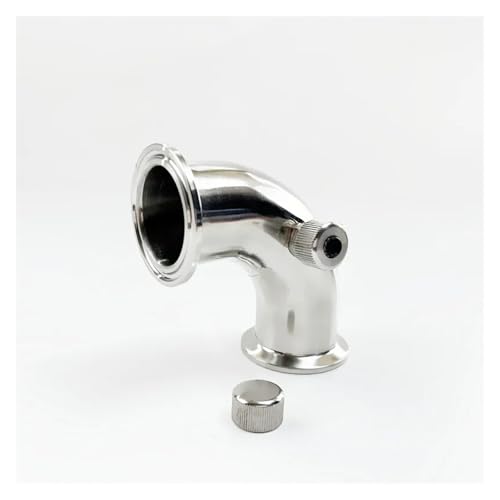shocker said:
I wonder why the no freeze thing ? Is it because its a very low concentration and we usually rely on there being such a large amount of cells that some will survive ?
As has been said, generally the problem is that ice crystals form in the cell and the expansion 'explodes' the cell. The usual technique when freezing yeast is to use some form of cryoprotectant, for example, glycerol which prevents the ice crystals forming. (Usually 25% water : 25% glycerol / 50% yeast slurry). I've tried this in the past using 'washed yeast slurry' and a domestic freezer which was not successful, although I do know others that have great success with the technique, but they are using much smaller volumes (2ml) compare to mine (50ml), plus they freeze the 'small' volume much quicker using dry ice.
How, and why, Jim's technique works I have no idea, as all the convention says it shouldn't
In a commercial environment (Brewlab for example) they actually do freeze yeast on slants and down to somewhere around -80C . . . but extreme measures are taken to ensure that the yeast is adequately protected against the cold, and they use a sterile mineral oil over the slant to provide cryoprotection for the yeast.
Why do Brewlab state don't freeze the
slant? . . . You'll kill the yeast! There is of course nothing to stop you growing you yeast up to a healthy volume, and then freezing it taking into account the need for a cryoprotectant . . .but do NOT freeze the slant! Keep it at around 4-5C
























![BREWING THERMOMETER STICKERS ACCURATELY MONITOR FERMENTING BEER & WINE LIQUID TEMPERATURES 5PCS HOME BREW SPIRITS WINE LCD ADHESIVE [US]](https://m.media-amazon.com/images/I/311DDjo2X3L._SL500_.jpg)














